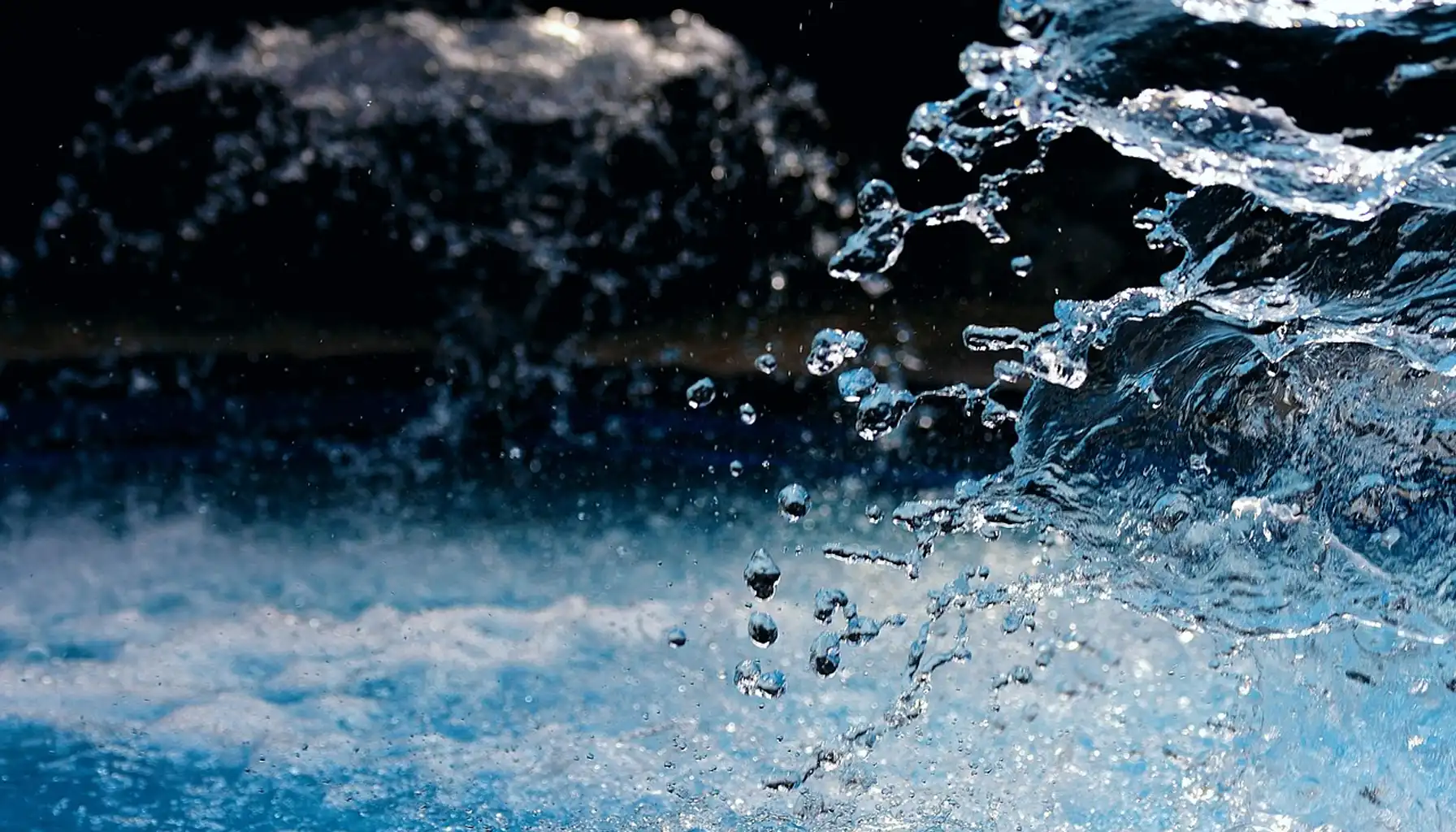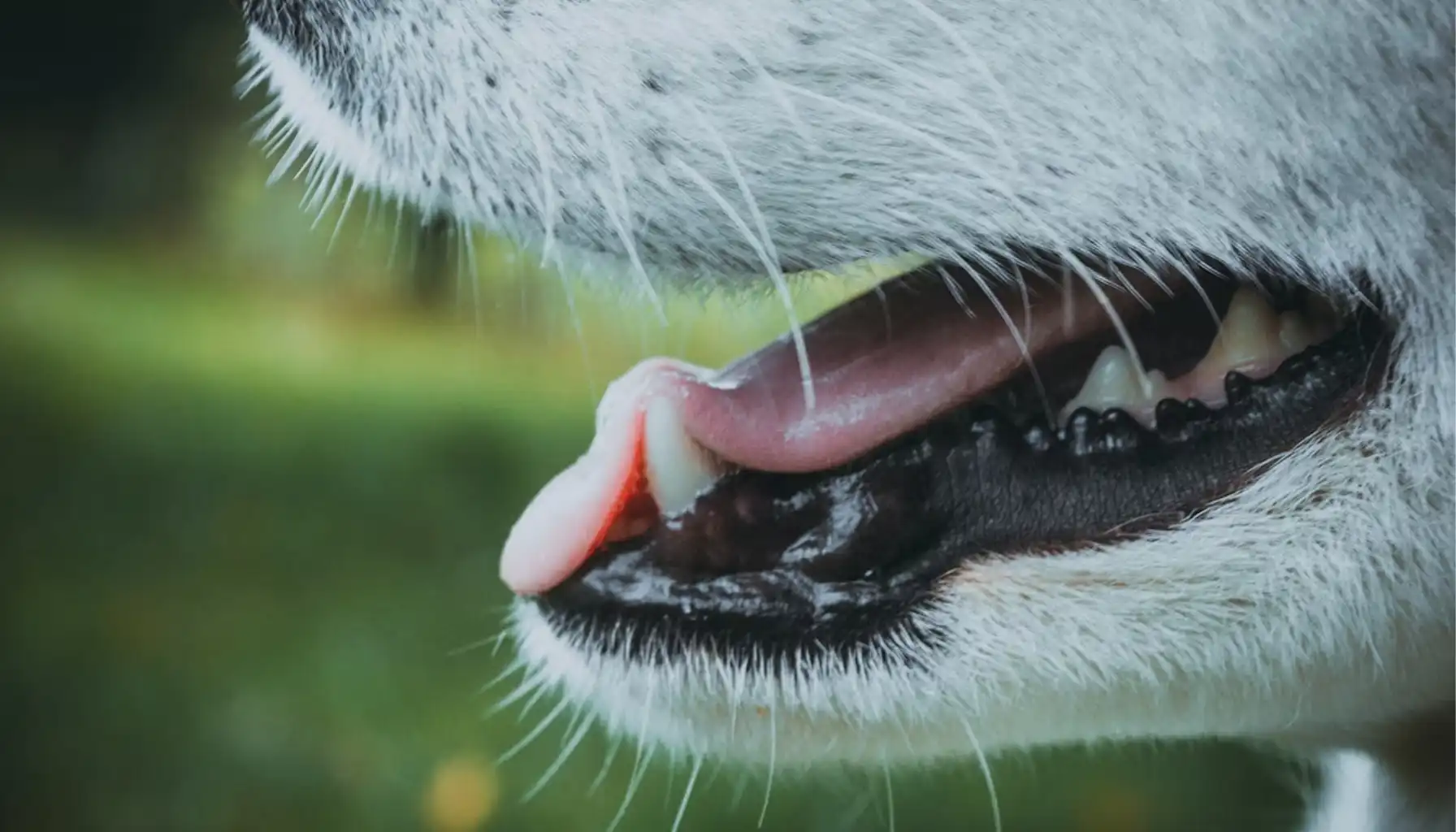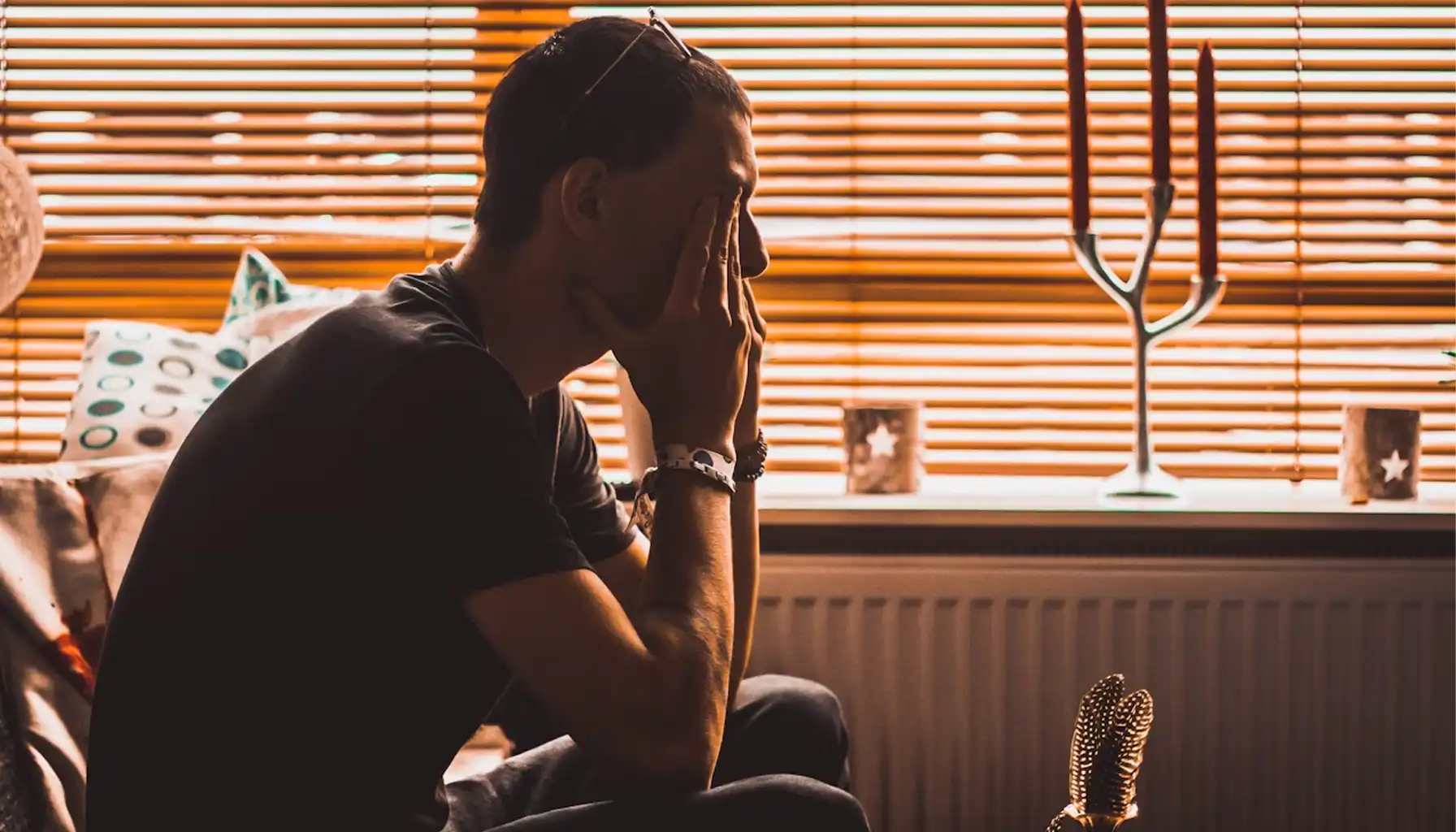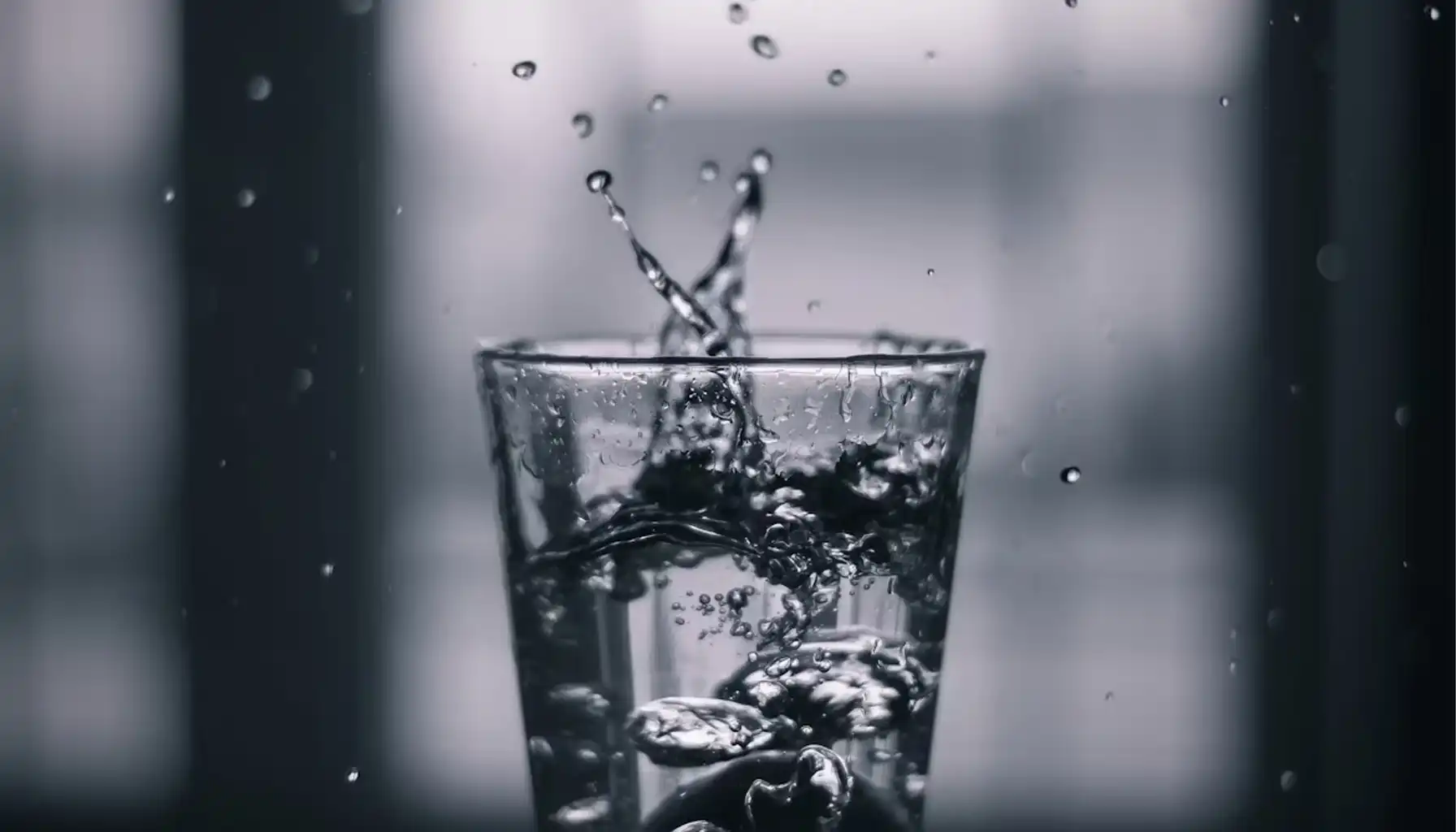Contents:
Fear of water can manifest itself in different ways. For some, it’s an obsessive phobia that turns a trip to the pool or even a regular shower into a source of anxiety. For some, it becomes a frightening sign of a viral infection that shows up only in the later stages. The word itself combines two layers: in psychology it points to an anxiety-related fear, while in medicine it describes one of the warning signals of rabies.
Understanding this difference is important not only for specialists. Anyone who has encountered such a fear should know that an accurate interpretation determines both diagnosis and methods of assistance.
At an early stage, cognitive training can be useful, allowing you to reduce anxiety and learn to better manage your own reactions.

What is Hydrophobia?
Hydrophobia Meaning in Psychology and Medicine
The definition varies depending on the context. In psychology, it’s an obsessive fear of water, which can manifest itself when looking at bodies of water, while swimming, or even when it’s necessary to drink water.
In medical practice, the term indicates a clinical symptom of rabies, when a person cannot drink due to spasms of the muscles of the pharynx, it’s a type of anxiety disorder related to the class of specific phobias.
What is Hydrophobia in Everyday Life?
For many people, the word instantly brings to mind a strong and unsettling fear of water. In this state, a person tries to avoid swimming pools, rivers, and even a regular shower. Gradually, this affects hygiene, social contacts, and general well-being.
However, there is an important difference:
In the psychological form (closer to what is described as aquaphobia) it is a fear of contact itself. The patient experiences anxiety at the sight of water, the sensation of splashes, or even at the mere thought of it.
In the infectious variant, everything is different: difficulties arise not because of emotions, but because of physiology. The muscles of the larynx begin to contract when trying to swallow liquid, and this turns the process of drinking into a painful struggle.
Thus, the answer to the question “what does hydrophobia mean?” will depend on the context: in everyday life it’s a phobia, in medicine it’s a symptom of a viral infection.
Hydrophobia Definition
Clinical and Psychological Perspectives

Doctors and psychologists look at hydrophobia from different perspectives. For infectious disease specialists, noticing this sign can make the difference, since it often indicates a critical stage that must be addressed without delay.
For psychologists, the mechanism of the anxiety reaction itself is of interest: how the image of water becomes a source of panic and what factors intensify this process.
While multiple explorations of fear give a more profound understanding, they also encourage the development of definitions which correspond to the actual problems that people face in daily life.
Does Rabies Cause Hydrophobia?
Rabies as a Trigger
Yes, it ‘s this viral disease that causes spasms and makes it impossible to swallow liquids. In its later stages, the illness strikes the nervous system, bringing not just convulsions but also disturbing hallucinations that make the condition even more frightening.
Neurological Mechanisms
From a neurological perspective, hydrophobia is caused by an interruption in the transmission of nerve impulses. The virus destroys brain tissue, and the usual act of swallowing turns into a painful process.
Hydrophobia Fear of Water
Everyday Struggles
This describes an everyday aspect: fear of washing, swimming or using tap water. Unlike the clinical picture of rabies, this is an irrational anxiety, similar to other conditions such as the fear of snow, where the object itself is not dangerous.
Such fear can limit social contacts: a person refuses to visit beaches, swimming pools or outdoor events. Everyday experiences lose their joy, and a sense of isolation begins to grow.
What Causes Hydrophobia?
Traumatic Experiences and Learning
When it comes to psychological form, memories and learning through experience play a key role.
A child who once choked on water may feel panic for many years at the sight of a swimming pool or even a bathtub.
It’s not necessary to have personal experience: it’s enough to hear frightening stories from parents or peers for the brain to “link” water with a threat.
Cinema and media also intensify the effect: films with water disasters or news about tragedies reinforce fearful associations.
Sometimes fear develops gradually: a person first avoids deep pools, then rivers and lakes, and over time may experience anxiety even with everyday situations – for example, when water flows from the tap.

Rabies and Viral Progression
The infectious form has a completely different source.
In the later stages, the disease causes hypersensitivity to stimuli: light, sound and especially water.
An attempt to swallow liquid activates spasms of the pharyngeal muscles. A person feels a strong choking sensation, even if he is thirsty.
This raises the question: how does hydrophobia work? In the case of infection, the symptoms are not associated with psychological fear, but are a direct result of damage to the nervous tissue.
The virus moves along the nerves from the bite site to the brain, and when it reaches the brain stem, convulsions and the typical "fear of water" appear.
Therefore, patients may have the impression that water itself is "repulsive", although in fact the cause is an interrupted transmission of nerve impulses.
Hydrophobia Symptoms
Symptoms of Hydrophobia in Psychological Form
In the psychogenic form, symptoms often affect different areas simultaneously.
sharp jumps in heartbeat and a feeling of lack of air when approaching water;
surges of anxiety even at the sound of pouring liquid;
sudden tension in the body, as if ready to "run";
difficulty relaxing after contact with a trigger;
sleep disturbance due to obsessive anticipation of encounters with frightening situations.
Symptoms of Hydrophobia in Rabies
When hydrophobia is associated with the rabies virus, the symptoms are marked by strong physiological and neurological symptoms.
sharp spasms of the larynx and difficulty breathing when trying to swallow;
painful contractions of the muscles even from the sound or sight of water;
attacks of excitement and uncontrolled aggression;
visual and auditory hallucinations;
loss of orientation, turning into delirium;
alternation of periods of excitement with extreme lethargy.
Diagnosis of Hydrophobia
Clinical Tests

When an infectious cause is suspected, diagnostics are based on a combination of several methods:
Contact history: the doctor specifies whether there was a bite, scratch, or contact of animal saliva with the skin or mucous membranes.
Laboratory tests: PCR methods are used to detect the virus in tissues and fluids, serological tests are used to determine antibodies.
Neurological observation: signs of damage to the nervous system are assessed – seizures, behavioral changes, impaired coordination.
Exclusion of other causes: it’s important to make sure that spasms or fear are not caused by other diseases.
Psychological Evaluation
In the case of the mental form, the approach is completely different:
Medical history taking: the doctor specifies when the fear first arose, whether the patient has other anxiety disorders or cases in the family.
Intensity assessment: an anxiety scale is used, which helps to measure the strength of the reaction to contact with water – from mild tension to a panic attack.
Assessment of daily functioning: the specialist finds out how much the fear interferes with everyday life, for example, the person avoids swimming, does not visit the pool, has difficulty even with everyday activities.
Treatment of Hydrophobia
Medical Treatment for Rabies
If the infection has already occurred, therapy focuses on relieving the condition. There is no complete cure at a late stage, so the main task is prevention. After an animal bite, emergency vaccination and wound treatment are carried out.
Therapeutic Approaches in Phobia
For the psychogenic form, exposure therapy, cognitive-behavioral techniques, and group work are used. Breathing practices, meditation, and support from loved ones are useful here.

Lifestyle and Prevention
Self-Help and Support
To prevent fear from intensifying, it is important to maintain a sleep schedule, engage in physical activity, and limit caffeine. Discussing the problem with loved ones and participating in online communities helps you feel less alone.
Preventing Rabies-Related Hydrophobia
The best way to avoid the medical form is to vaccinate your pets on time and take precautions when dealing with wild animals.
Comparative Table: Hydrophobia vs Aquaphobia
Characteristic | Hydrophobia (rabies) | Aquaphobia (phobia) |
Cause | Viral disease | Psychological trigger |
Symptoms | Convulsions, hallucinations, spasms | Panic, tachycardia, avoidance |
Treatment | Supportive therapy | Psychotherapy, medication |
Prognosis | Almost always fatal | Improves with therapy |
Broader Perspective

Hydrophobia matters not just to doctors or psychologists — it shows how fear can reshape daily routines and relationships. When a person avoids water, it impacts hygiene, relaxation, and even their ability to work.
And in the case of infection, it’s already a matter of survival. It’s worth considering hydrophobia as a reminder: the reactions of the body and the psyche are always intertwined, and their influence goes far beyond the symptom itself.





